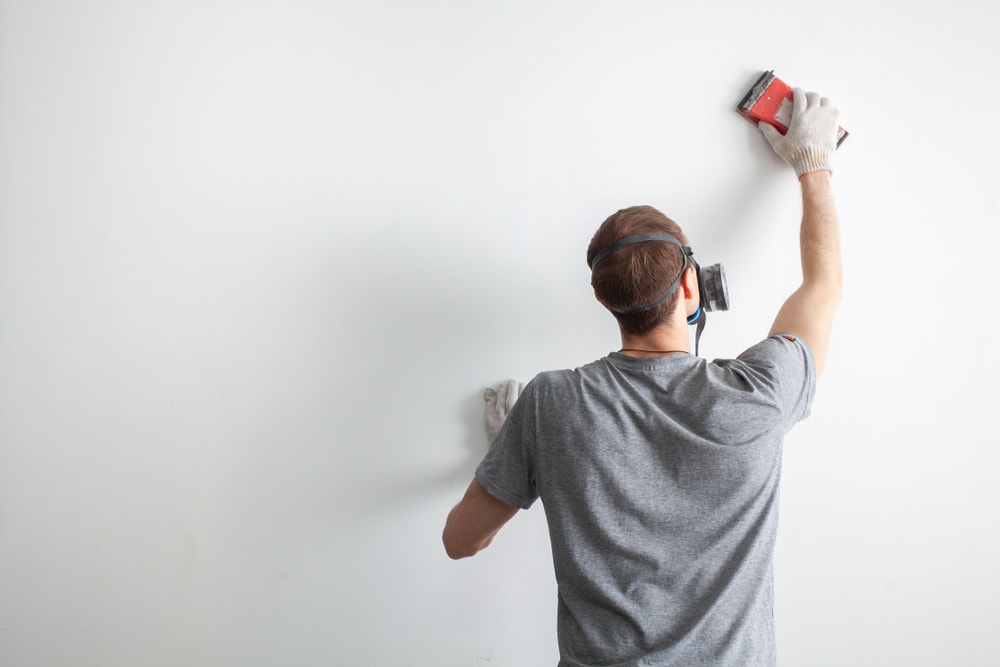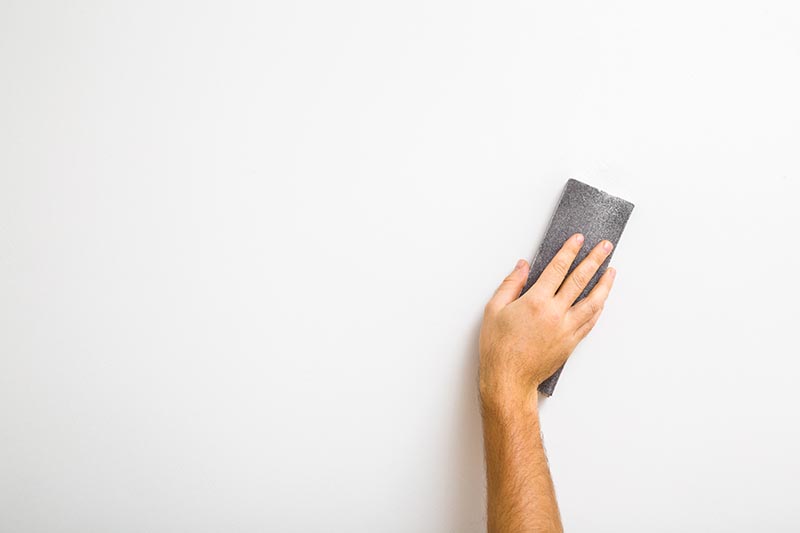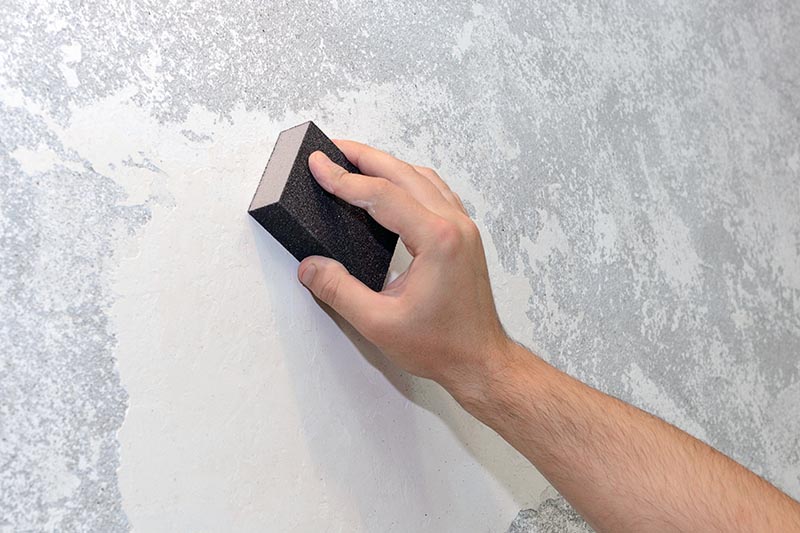What Grit of Sandpaper Should You Use on Drywall? Selection Tips & FAQ
-
Ed Malaker
- Last updated:

Drywall has a smooth surface that is easy to work with, making it one of the most popular building materials in the United States. However, it can occasionally have small blemishes that require touching up. Many homeowners might wonder what grit of sandpaper to use for the best results. While you will typically choose something around 120 grit, it can vary slightly based on several factors, so keep reading to learn how to choose the right sandpaper for your drywall for the best level of smoothness.
How to Choose Sandpaper?
You purchase sandpaper by grit. The higher the grit number, the finer or smoother the paper. You can purchase sandpaper with grit from 24 to 3,000 or more. The lower numbers are coarse and work well to remove material quickly but can also create deep, noticeable gouges on the surface that make it rough. Higher numbers are much finer and work well to smooth and even polish the surface to a shine.
What Grit of Sandpaper Is Best for Drywall?
First Use 100–120 Grit
We recommend using 120-grit sandpaper to smooth out rough areas of your drywall, especially around cuts and holes that you make. The grit is rough enough to enable you to work quickly without creating hard-to-remove grooves on the surface. Anything lower than 100 grit might remove too much material, creating more work.
Then Use 150–220 Grit
After you smooth the surface with the 120-grit sandpaper, a higher grit can help you remove any grooves that might be visible when you paint. However, anything above 220 grit will likely clog up too quickly to be effective, since drywall gets quite powdery when you sand it.

What Kind of Sandpaper Should You Buy?
When choosing sandpaper, we recommend going with an aluminum oxide variety. This sandpaper is grey, doesn’t get clogged easily, and lasts longer than the other types. Rust-colored sandpaper is garnet sandpaper, and it works well but doesn’t last as long. The black wet/dry silicone sandpaper tends to clog quickly.
What Should You Use to Sand Drywall Mud?
Drywall mud is a joint compound that you will need to use when connecting two or more drywall sheets. Many people like to use a coarser paper to remove it, but you will likely have better results if you use the same grit that you are using to sand the drywall.
Additional Things to Consider
Safety Equipment
Sanding drywall can create quite a bit of dust, so it is important to wear a high-quality dust mask to protect your lungs and safety goggles to protect your eyes. A hat, earplugs, and an apron can also be helpful.
Sanding Sponge
A sanding sponge is a great tool for sanding drywall because it doesn’t wear out nearly as quickly as paper, but there aren’t as many options for choosing grit. Many times, only coarse, medium, and fine grit are available, so choose medium when working with drywall. Sanding sponges are also easy to control and grip, so many people prefer them to paper.

Conclusion
Most experts recommend using 120-grit sandpaper to repair the surface of drywall and remove blemishes. Once the work is complete, use 150–220-grit paper for a smoother surface, especially if you notice any grooves that might still be visible after you paint. Remember to wear safety equipment to protect your vision and lungs, and to open the windows for ventilation. A medium-grit sanding sponge can also help you smooth your drywall because it is easy to grip and lasts a long time.
Featured Image Credit: lucky boy studio, Shutterstock
Contents
